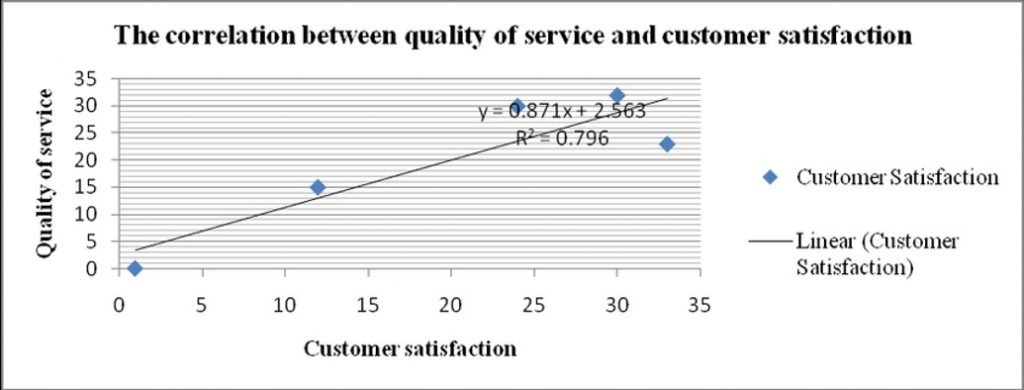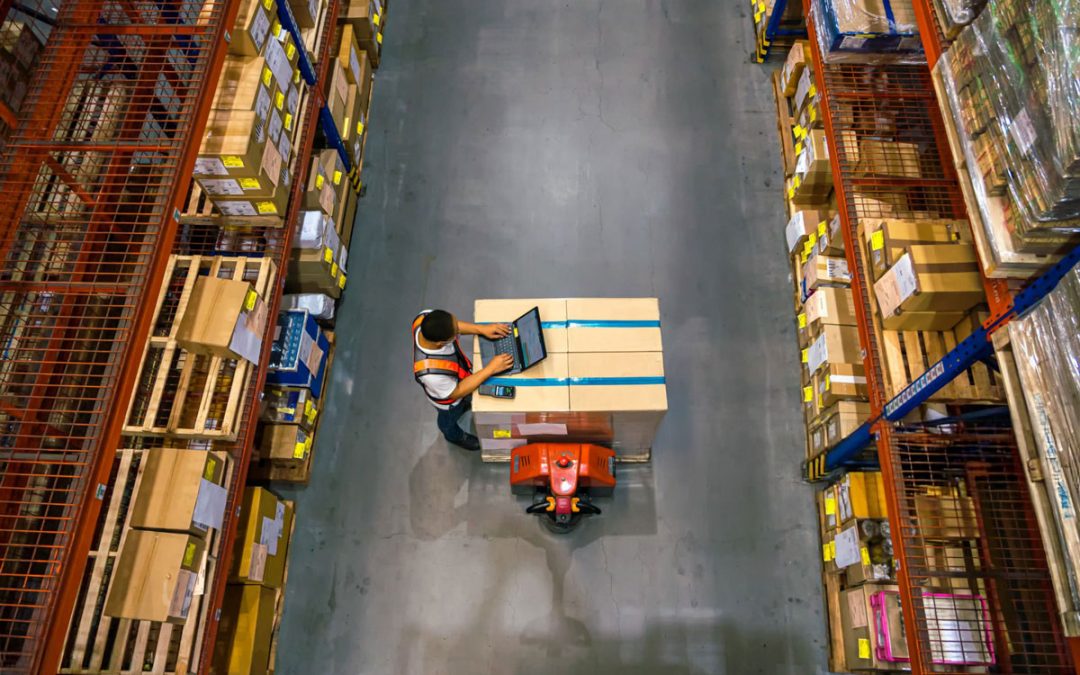Warehouse quality control management is an intricate and vital part of logistics, especially in a hub like Hong Kong. It involves a delicate balance of precision, foresight, and adaptability. The challenges are numerous, from minimizing human error and managing environmental factors to ensuring compliance and promoting continuous improvement.
The rewards of meeting these challenges head-on are substantial. Not only does it lead to cost savings, regulatory compliance, reduced waste, and increased safety, but it also cements a company’s reputation for reliability and quality. For those who navigate these waters successfully, like Nippon Express NEC Logistics, the result is a resilient operation that not only meets but exceeds the expectations of customers.
Quality control in warehousing is not just about maintaining standards; it’s about upholding a promise to customers that every product reaches its destination as expected, reflecting the trust they place in a logistics provider.
Whether you’re a business owner, logistics manager, or part of the warehouse team, the pursuit of excellence in warehouse quality control is a journey worth taking.
1. The Essentials of Warehouse Quality Control Management
Warehouse quality control management is a systematic process, integral to the logistics and supply chain industry. It ensures that every process, from receiving to shipping, is executed flawlessly. When warehouse operations are fine-tuned, the ripple effect can be felt across the entire supply chain, resulting in faster turnaround times, improved customer satisfaction, and ultimately, a stronger bottom line.
2. Why Effective Warehouse Quality Control is Critical
Effective warehouse quality control is the linchpin of customer satisfaction and business integrity. In the context of Hong Kong, where logistics serve as the lifeblood of trade, a lapse in quality control can have substantial implications. It is not merely about preventing the financial repercussions of errors, but about preserving the reputation that businesses have painstakingly built.
The significance of robust warehouse quality control lies in its ability to preemptively address potential issues. By identifying and rectifying faults before goods leave the warehouse, companies can avoid the cascading effects of returns, rework, and dissatisfaction.
Moreover, in Hong Kong where space is at a premium and efficiency is paramount, the optimization of warehouse operations through quality control can lead to significant cost savings. Reducing waste, streamlining processes, and enhancing safety are all outcomes that contribute to a more sustainable and profitable operation.

3. Identifying the Challenges in Warehouse Quality Management
Warehouse quality management in Hong Kong must address several key challenges to maintain the high standards expected in this global trade hub.
Crafting Effective Quality Control Procedures: Implementing and maintaining effective quality control procedures demands not only the definition and documentation of quality standards but also the development of inspection processes that staff can adhere to consistently. These procedures must be tailored to the specific operations of the warehouse, adding another layer of complexity.
Striking a Balance with Procedures: In an attempt to minimize accidents and errors, there is a tendency for some warehouses to overcomplicate SOPs with excessive checks, such as implementing triple checks or allocating too many workers to a single task. This well-intentioned strategy can backfire, leading to increased labor and higher costs without corresponding benefits. Regularly reviewing and refining the Standard Operating Procedures (SOPs) is crucial to eliminate redundant steps and maintain the quality of work without overburdening the staff.
Optimizing Warehouse Layout: The design of a warehouse significantly impacts operational efficiency. A poorly planned layout can lead to increased handling times and decreased productivity. By strategically placing the outbound area near exits, for instance, the movement of goods can be streamlined, minimizing the distance that items need to travel and thus saving time. Medium-sized or large-sized warehouses can better utilize their space to flexibly respond to customer demands or maintenance needs. Understanding which areas of the warehouse are most utilized can inform smarter layout designs that promote efficiency and cost savings.
Scaling Quality Control: The challenge escalates with the size of the operation. As warehouses expand, ensuring quality across all areas and amongst an increasing number of products demands scalable processes and adequate resources to uphold standards without creating bottlenecks.
Minimizing Human Errors: Human error is an inevitable aspect of any operation, arising from oversight or inconsistent judgment. To mitigate these errors, consistent training, clear guidelines, and effective communication are essential. These efforts help ensure that every team member understands their role in the quality control process and is equipped to execute it with precision.
4.Proven Solutions for Warehouse Quality Control
Warehouse quality control in Hong Kong’s fast-paced environment requires robust solutions. Here are some proven strategies:
Advanced Technology:
Advanced technology can significantly reduce human error. For example, conveyor belts can streamline operations. Implementing Warehouse Management Systems (WMS) can also ensure accurate tracking and processing of goods. Through WMS, we are able to achieve precise and effective inventory control, such as lot control with traceability, FIFO (First In, First Out) warehousing, and serial number management, among others.
Environmental Control Systems: Hong Kong’s humidity and temperature variations can compromise the integrity of stored goods. Quality control must, therefore, extend to environmental regulation within the warehouse. This includes climate control measures, proper packaging, and diligent monitoring to maintain the quality and longevity of products. Regular environmental audits and the use of hygrometers and HVAC systems can help in closely monitoring warehouse conditions.
Advanced Inventory Management Tools: Barcode scanners, and inventory management software can drastically improve inventory accuracy. These tools facilitate real-time tracking and provide data analytics for informed decision-making, helping to prevent overstocking or stockouts.
Compliance Training Programs: To ensure adherence to compliance requirements, ongoing training programs are crucial. These should cover the latest regulations and best practices, enabling staff to handle goods correctly and maintain comprehensive records for audit trails.
Culture of Continuous Improvement: The pursuit of continuous improvement is what sets apart a good warehouse from a great one. This involves regular review of processes, feedback loops with staff, and openness to adopting new methodologies that could improve quality and efficiency. It’s a mindset that encourages innovation and responsiveness to the evolving demands of the logistics industry.
5.The Advantages of Superior Warehouse Management
The benefits of superior warehouse management extend beyond the walls of the facility:
Cost Savings: Efficient warehouse operations translate to lower operational costs. By reducing errors, the need for rework, returns, and waste diminishes, directly impacting the bottom line.
Regulatory Compliance: Maintaining high standards ensures compliance with local and international regulations, avoiding fines and enabling smoother operations.
Reduced Waste: Through precise inventory management and quality control, companies can minimize waste, contributing to a more sustainable operation.
Increased Safety: A well-managed warehouse prioritizes safety, resulting in fewer accidents and injuries, and promoting a healthier workplace.
6.Ensuring Excellence Through Quality Assurance Practices
Continuous improvement is the cornerstone of excellence in warehouse quality control. It’s not just about fixing what doesn’t work; it’s about constantly raising the bar to achieve better results. In Hong Kong’s crowded logistics sector, this pursuit of excellence is vital for standing out in a saturated market.
Commitment to Quality Objectives and KPIs: Setting quantifiable objectives and key performance indicators is the first step in a cycle of continuous improvement. By identifying specific targets such as accuracy in order fulfillment or reduction in incident rates, warehouses can focus their efforts on tangible outcomes.
Leveraging Data for Informed Decisions: Data is a powerful tool for uncovering the root causes of quality issues. With advanced analytics, warehouses can predict patterns, uncover inefficiencies, and implement strategic changes. This approach moves quality control from a reactive to a proactive stance.
Adopting Industry Best Practices: Staying updated with industry best practices allows for the integration of innovative methods and technologies into existing processes. This could involve lean inventory methods, just-in-time delivery, or adopting sustainable practices that reduce waste and increase efficiency.
Engaging with Stakeholders: Building a quality-centric culture involves everyone, from warehouse staff to end customers. Regular training, feedback sessions, and involvement in decision-making processes ensure that all stakeholders are aligned with the quality objectives.
7.Conclusion: About Nippon Express NEC Logistics Hong Kong Quality Assurance Group (QAG)
Since 2014, Nippon Express NEC Logistics Hong Kong has been committed to excellence in quality assurance through its dedicated Quality Assurance Group (QAG). The primary role of our QAG is the vigilant monitoring and evaluation of warehouse operations to ensure the highest standards of quality. This group is not only focused on procedure inspection, but also engages in regular internal audits and random checks to maintain our rigorous standards.
7.1. Procedure: A Strategic Three-Step Approach to Service Quality
Our Quality Assurance Group (QAG) employs a structured three-step strategy to ensure the continued excellence of our service quality:
- Yearly Evaluation of Procedures: Every year, we undertake a thorough evaluation of our procedures to confirm their relevance and efficacy in minimizing operational risk. This proactive review ensures that our practices are not only current but also aligned with the evolving landscape of warehouse management and quality assurance standards.
- Staff Training: Following our evaluations, we deliver comprehensive training to our staff. This step is crucial; it guarantees that changes to procedures are implemented effectively. Training ensures that all team members are up-to-date with the latest standards and practices, fostering a uniform understanding of our operational ethos and excellence.
- Ensuring Quality Service: The final step is the implementation of a well-designed and strictly enforced process. By meticulously following the first two steps, we ensure that our service quality is not left to chance. A process that is both well-conceived and rigorously applied ensures that we deliver on our promise of quality service, each and every time.
7.2. Monitor:
Our internal audit and quality inspection efforts are twofold:
-
- Internal Audit: We conduct audits that adhere to ISO 9001:2015 standards, matching the intensity and thoroughness of external audits for certification. These evaluations of team performance are critical in sustaining a high-quality standard. Moreover, we align our operations with ISO 14001 and IATF 16949 standards, showcasing our commitment to environmental stewardship and automotive industry-specific quality.
- Quality Inspection: Daily operations are scrutinized to assess risk and applicability, and identify potential improvements or issues. Our objective is to ensure risk is manageable and that frontline staff operations adhere to SOPs and Work Instructions (WI).
7.3 Staff Development:
As customer demands evolve, the QAG serves as a conduit for innovative solutions and essential knowledge. We provide:
-
- General Staff Training: To ensure comprehensive understanding of operations and NEC Logistics’ standards.
- Project-Based Specialised Training: Tailored sessions on topics like ESD handling and semiconductor management are provided for specific project needs.
Our commitment to cultural integration and continual staff development is at the core of our approach. In Hong Kong, our team’s local expertise combined with Japanese efficiency translates into SOPs that are culturally attuned and translated, ensuring clear communication that transcends language barrier.
The QAG’s blend of rigorous quality control processes, robust staff training, and a commitment to continuous improvement reflects NEC’s unwavering dedication to quality. Our role transcends that of a mere service provider—we are a trusted partner in every aspect of our operations, steadfast in our pursuit of excellence.
International Standards:
- ISO: (International Organisation for Standardisation,ISO)
- ISO 9001 is an internationally recognised standard for quality management systems (QMS). It provides a framework for organizations to establish, implement, maintain, and continually improve their quality management processes and systems.
- ISO 14001 is internationally recognized standard for environmental management systems (EMS). By implementing ISO 14001, organizations can benefit from improved environmental performance, reduced environmental risks and liabilities, enhanced regulatory compliance, cost savings through resource optimization, and an enhanced reputation among stakeholders.
- IATF 16949 is an internationally recognized quality management standard specifically designed for the automotive industry. It is based on the ISO 9001 standard and includes additional requirements and specific automotive industry expectations.





